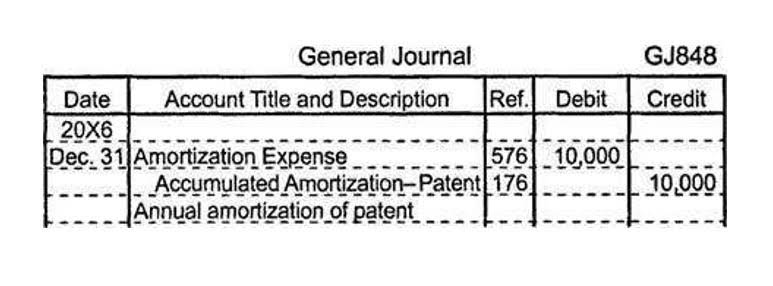
While most companies tend to set their overtime rates at the minimum, which is time and one-half, companies that provide an overtime rate of two times the regular rate are not out of the ordinary. Exempt employees, otherwise known as salaried employees, generally do not receive overtime pay, even if they work over 40 hours. For more information about overtime, non-exempt or exempt employment, or to do calculations involving working hours, please visit the Time Card Calculator. To find an estimated amount on a tax return instead, please use our Income Tax Calculator. Evasion of tax can result in serious repercussions such as a felony and imprisonment for up to five years.

In California, individuals must pay federal income taxes of 14.13% and state income taxes of 5.43%. Employees must pay 8.65% in federal insurance contributions (FICA), which contribute to services such as social security, Medicare, and unemployment insurance. Computing after-tax income for businesses is relatively the same as for individuals.
After-Tax Income
Some jurisdictions also provide tax credits, which are tax reductions provided by the government to encourage specific behavior, such as investment in small businesses. If tax credits are available, it would reduce the taxes deducted and increase the after-tax income. At the end of the tax year, when entities file their tax returns, certain deductions or credits can help to reduce the taxes they owe. Arriving at the total net of tax figure requires subtracting all the income taxes paid throughout the year from the gross income received. An increase in profits over multiple periods typically leads to an increase in the company’s stock price since investors would have a favorable view of the business.
- For those who do not use itemized deductions, a standard deduction can be used.
- After-tax income represents the total income available for both mandatory and discretionary spending.
- This can be done through tax deductions and credits, contributing to tax-advantaged retirement accounts, or by using other tax planning strategies.
- While individual income is only one source of revenue for the IRS out of a handful, such as income tax on corporations, payroll tax, and estate tax, it is the largest.
- For example, if you own a business, you could hire a family member in a lower tax bracket and shift some of your income to them.
- Operating income after tax and net operating profit after tax are very similar (NOPAT).
- Generally, corporations want to demonstrate higher after-tax income as it is a sign of profitability.
For businesses, it could include business expenses such as salaries, rent, utilities, interest expense, and depreciation. Withdrawals of after-tax contributions to a traditional IRA should not be taxed. However, the only way to make sure this does not happen is to file IRS Form 8606. Form 8606 must be filed for every year you make after-tax (non-deductible) contributions to a traditional IRA and for every subsequent year until you have used up all of your after-tax balance. The easiest way is to subtract what you’ve paid in taxes from what you’ve earned.
Income Tax
The calculation is based on the 2024 tax brackets and the new W-4, which, in 2020, has had its first major change since 1987. An indicator of how much of a company’s revenue will ultimately after tax income definition turn into profit is operating income. A company’s capacity to create revenue from its operations over a given time period is measured by after-tax operating income (ATOI).
However, instead of determining gross income, enterprises begin by defining total revenues. Business expenses, as recorded on the income statement, are subtracted from total revenues producing the firm’s income. Finally, any other relevant deductions are subtracted to arrive at taxable income. After all of a business’s income taxes have been paid, the company’s operating income is referred to as after-tax operating income or ATOI. It’s crucial to keep in mind that ATOI is not a GAAP definition but an evaluation method used to evaluate operating profitability. Capital gains are the gains from selling assets that have appreciated in value.



